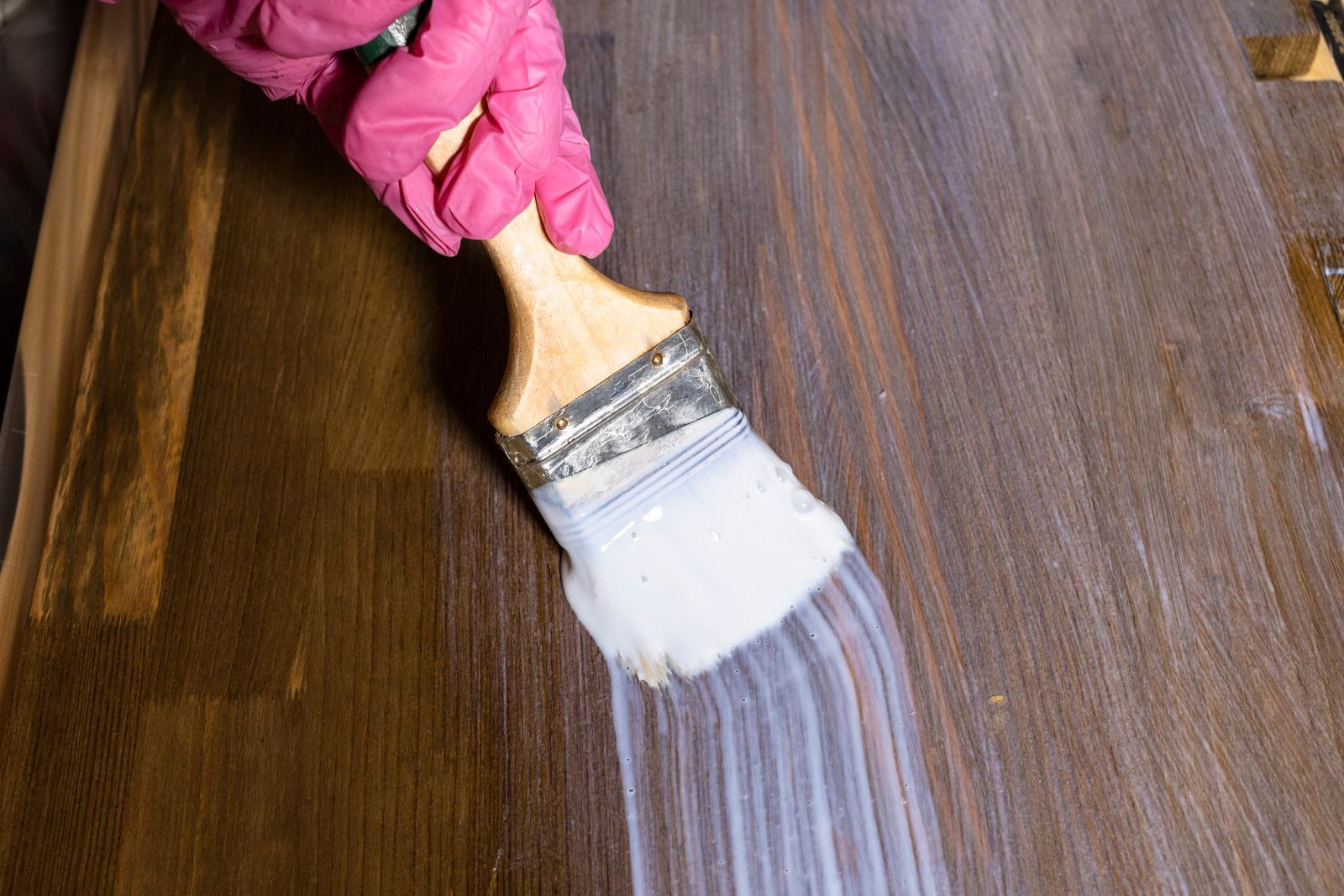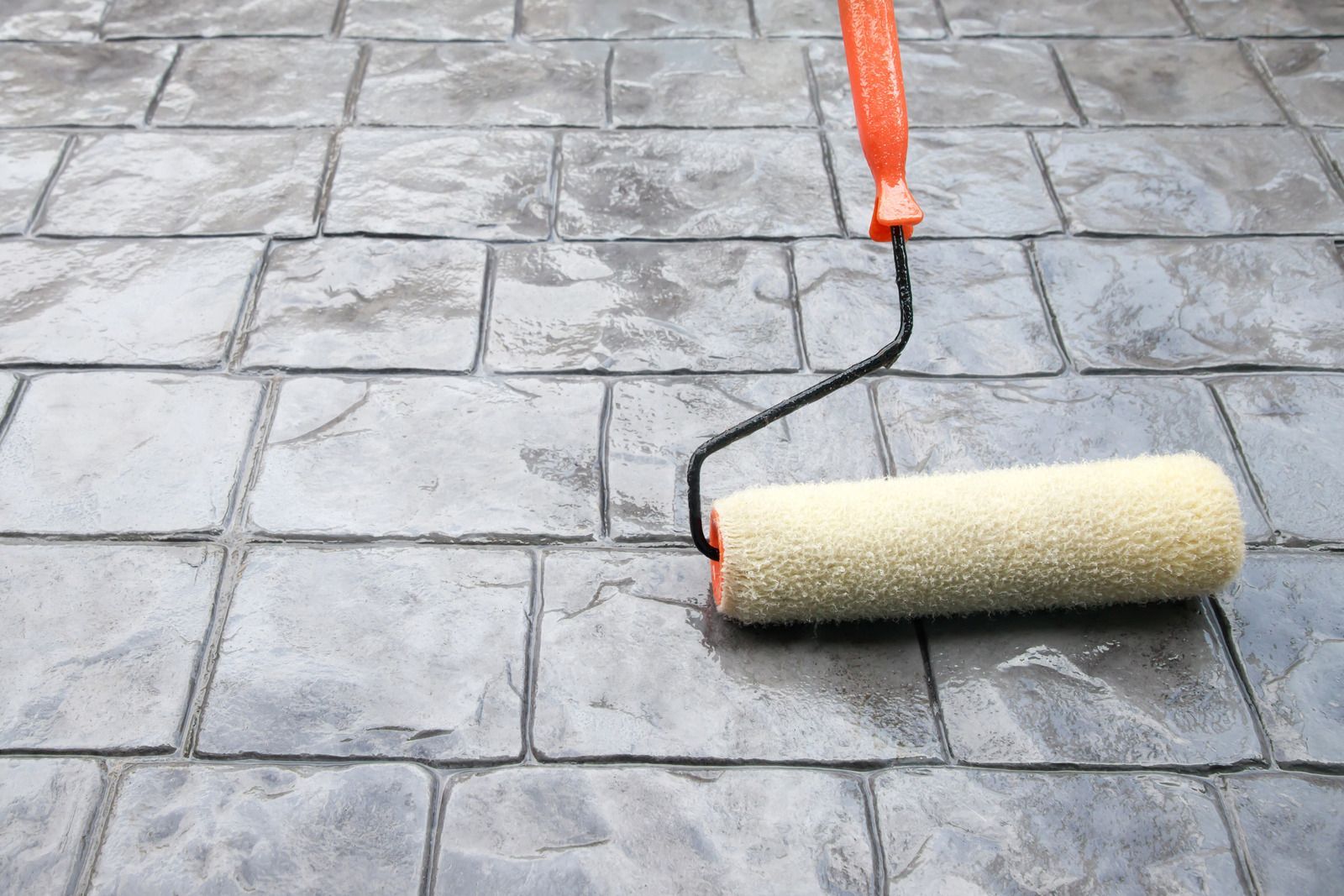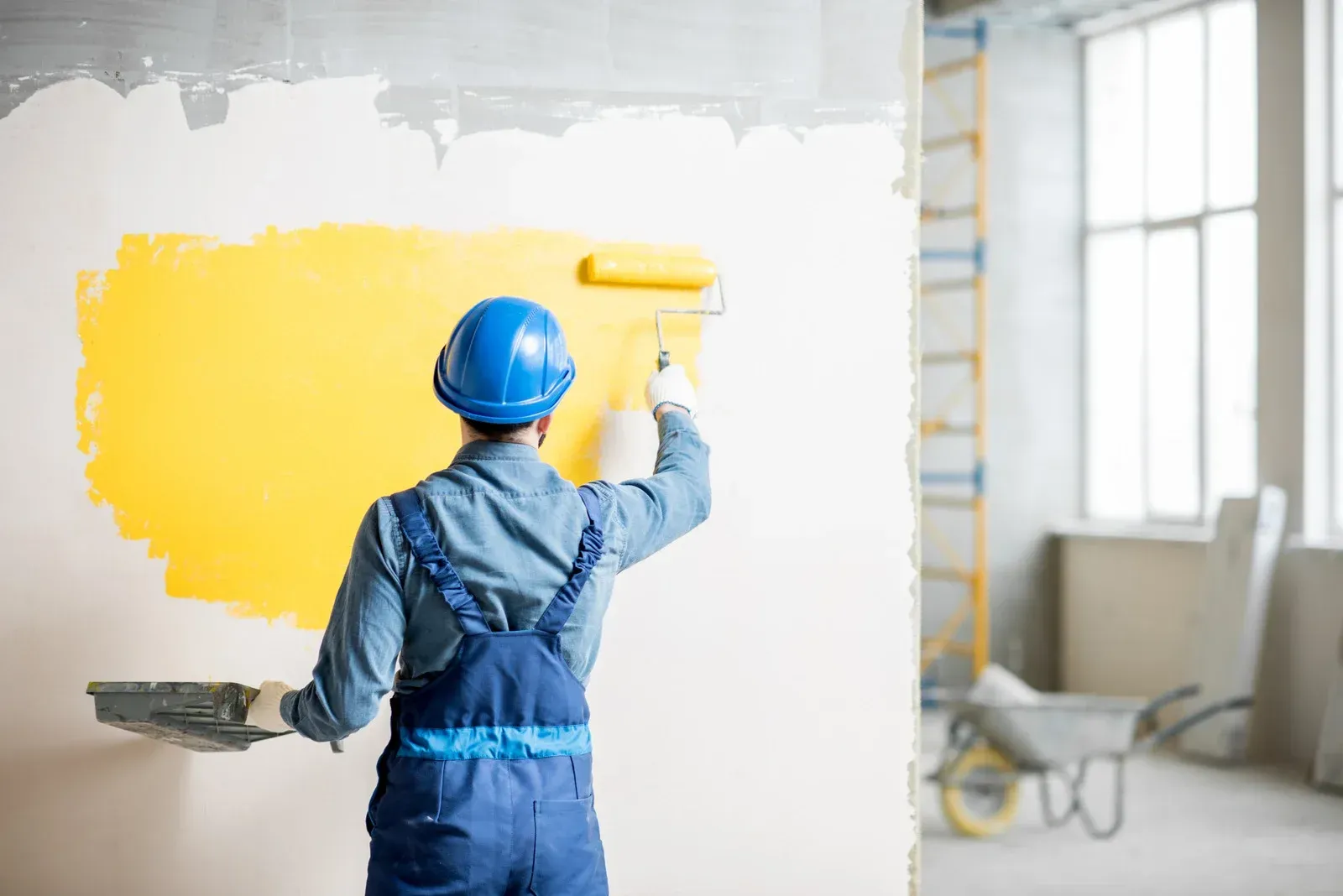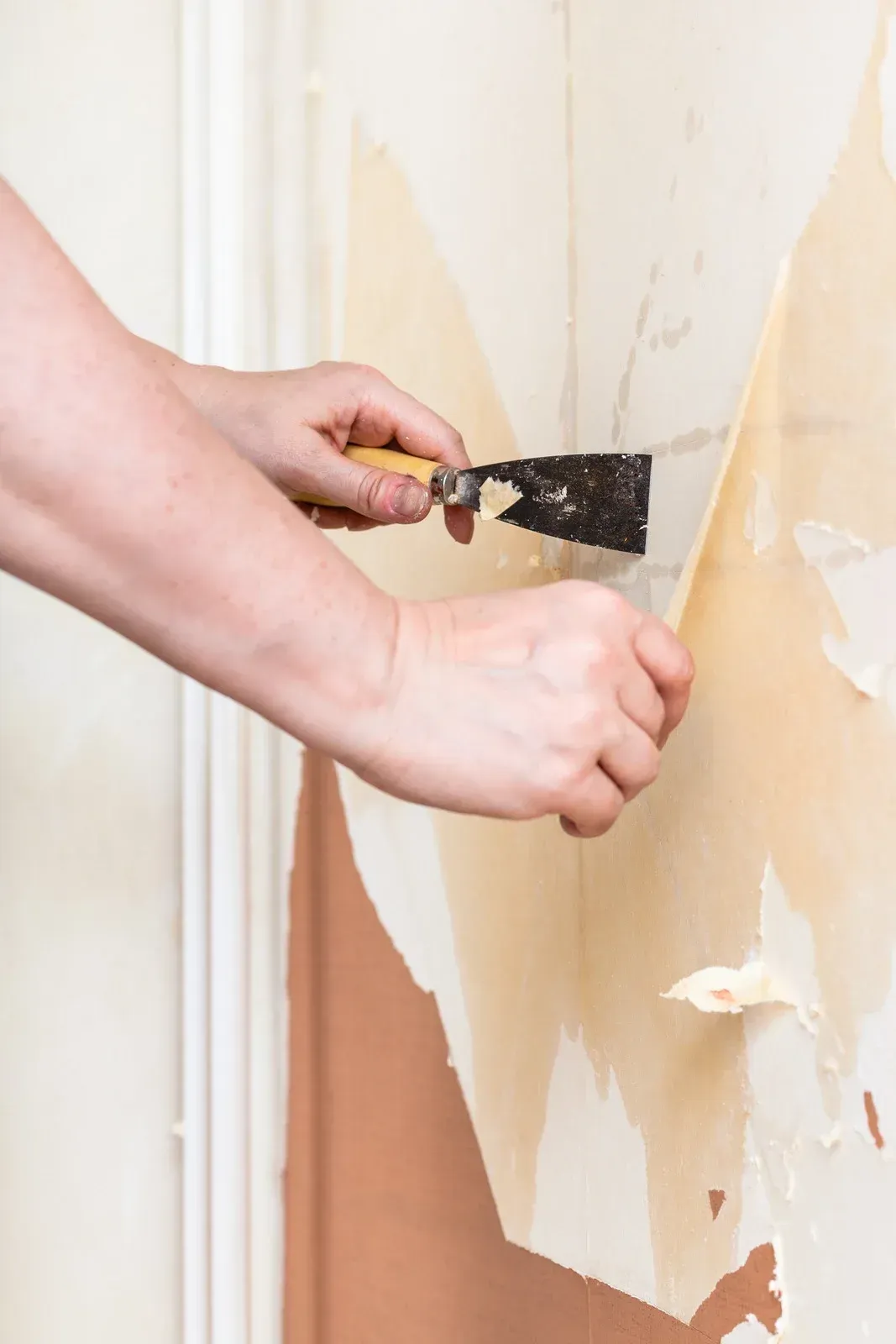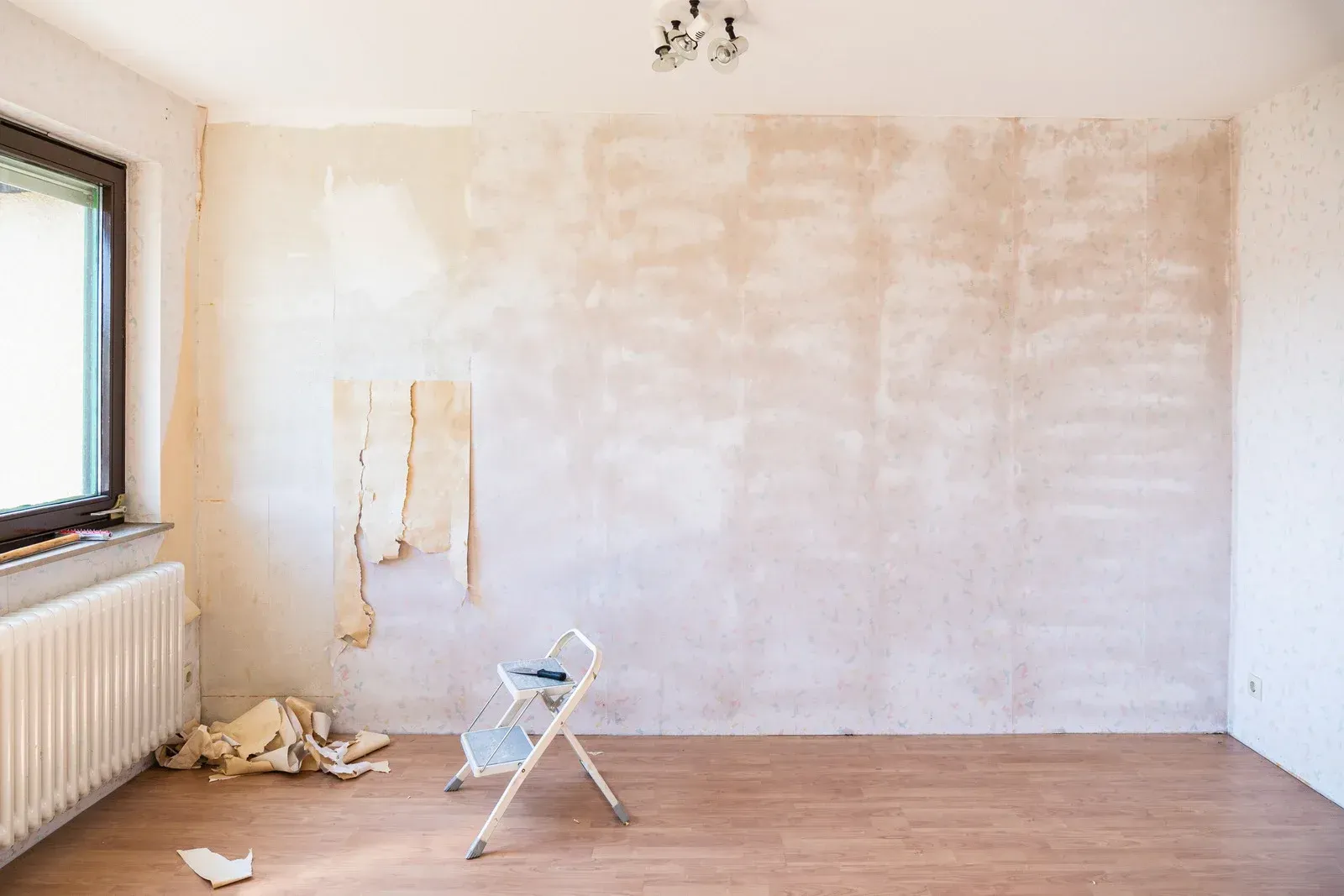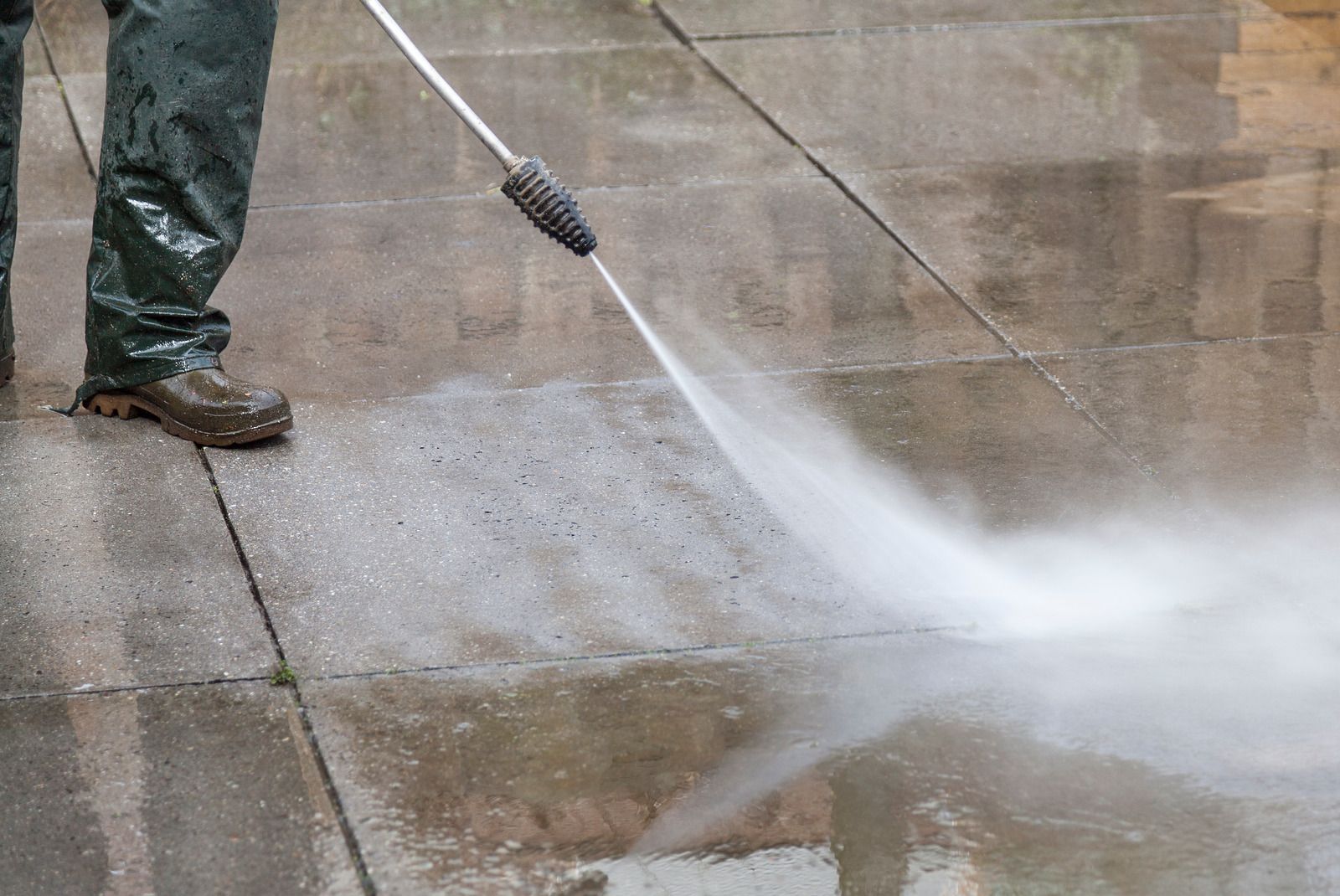A Guide to Stains and Varnishes for Different Wood Surfaces
Wood is a beautiful and versatile material used in many things around us, from making furniture to floors. When working with wood, it is essential to know about different wood stains and varnishes, as they can enhance its appearance and protect it from damage. Wood furniture finishes is a process developed to protect wooden artifacts and furniture from environmental damage. Without the right finish, the wood may crack, dry, swell and deteriorate. This blog will explore the basics of stains and varnishes for different wood surfaces.
The Ultimate Guide To Understand Stains And Varnishes For Different Wood Surfaces
Understanding Stains
Stains are similar to colored wood paints. They allow the natural grain to remain visible while adding color to the wood by soaking it. Water-based and oil-based stains are the two primary categories of stains. Although oil-based stains take longer to dry, they provide deeper colors and better wood penetration. Although they may not sink as deeply, water-based stains dry more quickly and are simpler to remove.
Choosing the Right Stain
When selecting a pigment, consider the kind of wood you are working with and the color you want. A pre-stain wood conditioner is a must to help the stain apply more uniformly on some woods, such as pine, which absorb stains unevenly. Before applying the stain to the entire surface, test the color on a scrap piece of wood or a discrete area to be sure you like it.
Applying Stain
Before applying stain, there are specific tips to follow:
- Clean the wood surface to remove rough spots and ensure a smooth finish.
- Use a brush, cloth, or sponge to apply the stain evenly towards the wood grain.
- Allow the stain to penetrate for the recommended amount of time, then wipe off any excess with a clean cloth.
- Let the stain dry completely before applying varnish.
Understanding Varnishes
Varnishes are clear protective coatings applied over stained or bare wood to provide durability and shine. They come in different sheens, from glossy to matte, and can be oil-based or water-based. Oil-based varnishes take longer to dry but provide a more durable finish, while water-based varnishes dry faster and have less smell.
Choosing the Right Varnish
When choosing a varnish, consider the level of protection and the desired sheen. Glossy varnishes offer the most shine but may show scratches more easily, while matte varnishes provide a more subtle finish with less shine. For high-traffic areas like floors, always try to choose a varnish with high durability to protect against wear and tear.
Applying Varnish
Before applying varnish:
- Make sure the stained wood is completely dry. Use a brush or foam applicator to apply the varnish evenly in thin coats, following the direction of the wood grain.
- Allow each coat to dry completely before applying the next one, and sand lightly between coats to ensure a smooth finish. Apply as many coats as needed to achieve the desired level of protection and shine.
Stains and varnishes are essential for enhancing the look of wooden surfaces and protecting them from deteriorating in the long run. You can achieve professional-looking results on your wood projects by understanding the basics of stains and varnishes and following simple application techniques. Experiment with vivid colors and finishes to create the perfect look for your home or woodworking projects.
